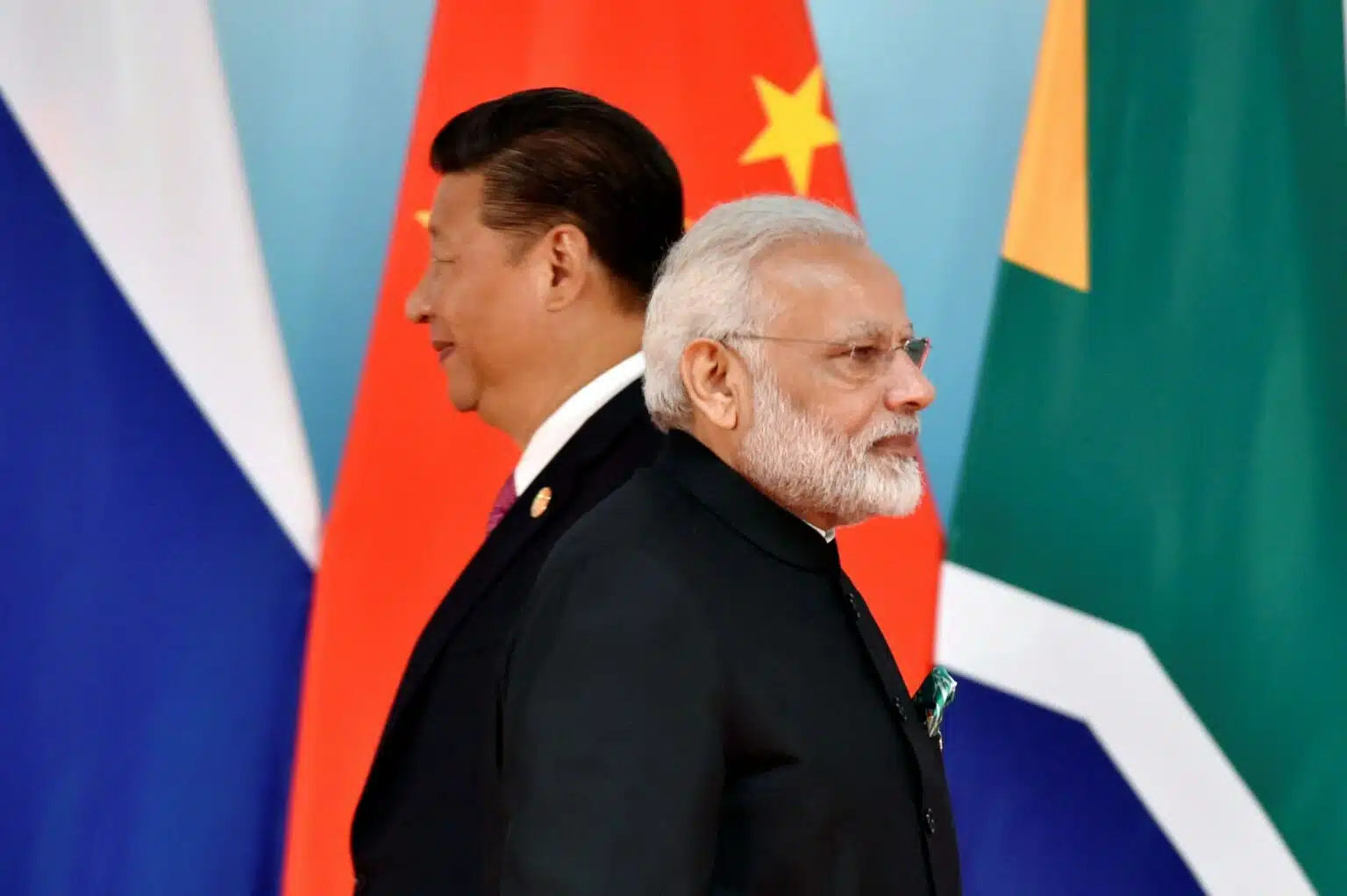
Following another recent skirmish with China in the Tawang sector of Arunachal Pradesh, the question has been raised whether there be another wave of boycotting Chinese goods and products; just as Chinese apps were banned.
In accordance to the Ministry of External Affairs, ”The first quarter of 2022 has seen China’s export to India rise to US$27.1 billion, whereas India’s export to China was at Us$4.87 billion, these figures have marked a 15.3% increase on the bilateral trade”
India’s and China’s relationship did turn sour due Galwan valley clash in 2020 and are now in turmoil after a recent territorial invasion by the People’s liberation army at Tawang.
In past instances, several steps have been taken by the Government of India to reduce the dependence on Chinese goods, such as state-owned telecom firm BSNL had called off its deal with Chinese firm Huawei for a 5G network upgrade.
Similarly, India had imposed a license to import electronic goods such as colored televisions, Air Conditioners and capped the imports of the solar cell; likewise, also the Ministry of Power citing security threats had restricted the power supply system components from China.
The reason why China is ahead of other countries in terms of trade is because of its cost vital measures to products which are dirt cheap, it has been surveyed that made in china products such as electronic circuits are 25% cheaper, fertilizers are 75% cheaper, and data processing semiconductor chips are 10-15% cheaper and it will be hard to find a substitute to these goods and products at a competitive price.
But the question remains, what does boycotting Chinese goods means for India and its economy?
Nearly 65% of the Indian trade market is controlled by China, out of India’s US$100 billion capital, if goods are boycotted from the manufacturing hub of the world then certainly an economic jolt would be felt in the Indian economy, as Indians are reaping the benefit from Chinese products in terms of tax and job market since China offers products at a lower price which are manufactured in bulk; it’s easy to sway the economic interest of a buyer’s nation.
According to the statistics, China imports US$16 billion worth of goods from India and has emerged as the third largest exporting market, thus it won’t be wise to break ties with the country in economic retrospectives, as many things are interlinked and are at stake.

As far as we have gauged, we still lag in the locally produced components which are crucial for the functioning of various sectors such as the economy, electronics, and energy.
Being a free economy, one is not indebted to buy a product from any particular nation, but India is a member of the World Trade Organisation (WTO) and according to the WTO norms one cannot discriminate between the trading partners and if done so India is bound by legal action taken by the WTO.
Following the recent standoff, International organisations and The United States of America are closely monitoring the situation to prevent it from further escalation.
READ MORE:
https://tdznkwjt9mxt6p1p8657.cleaver.live/gautam-gambhir-on-acid-attack/
https://tdznkwjt9mxt6p1p8657.cleaver.live/oneplus-11-5g-and-buds-pro-2-design-specifications/












